Before going on to some more in-detail explanations of how to use Elective Mode to your advantage, I’d like to take a moment to talk about the classes. Because there are two types and two resource types for the classes in Diablo III, there are essentially two ways you’re likely to be using Elective Mode, so it pays to understand the differences between the classes and what they mean.
First of all, there are the class types.
The Barbarian and Monk classes are both melee type, in that they focus on close combat, reduce damage dealt to them directly through being tough, and the majority of their skills build up one or the other of those two aspects. What ranged attacks are available to the melee type classes are focused on either bringing things directly into melee range, such as by charging or pulling them, or on making it easier to get things into melee range, by slowing, stunning, or drawing their attention without dealing too much damage. Even their optional skills are focused mostly on dealing massive damage and useful side effects in close range, and they need to watch out a lot for knockback effects and other semi-random control that makes it harder for them to reach their targets. They also benefit a lot from skills that serve the sole purpose of acting as buffs and debuffs, and tend not to be as worried about tactical positioning- as long as they can get where an enemy is, they’re generally good to go.
The Demon Hunter, Witch Doctor, and Wizard are ranged-type classes, though the Demon Hunter and Wizard can both set themselves up to deal fairly well with close combat. This shows in that they really don’t have any melee attacks at all, and while most of their skills function at melee range, none of them are directly restricted to acting at that distance. A lot of their skills are focused on getting things out of close range directly by knocking them away or enabling the character to escape melee range, or indirectly by slowing, stunning, chilling, or freezing them to slow them down so the character can get away. These classes should make sure they have at least one skill that either keeps enemies from pursuing them too closely or lets them reposition quickly, because they function on a more tactical level than the melee classes- they may or may not want enemies to clump up, but they certainly don’t want enemies to clump up around them.
Naturally, the ‘softer’ effects tend to overlap both types of class, so parties will enjoy them a lot- after all, if the Witch Doctor slows it down to flee it, the Barbarian doesn’t have to slow it down to catch up to it. This makes it important to be able to recognize the skills your party members are using as they use them so you can respond appropriately. A Barbarian who likes to Cleave a lot isn’t going to appreciate it at all when your Wizard scatters everything with a Wave of Force, so you should look to Blizzard to slow things down and clump them up instead, just to give a quick example. Pay attention to your Party list on the side of your screen when you’re in multiplayer so that you know what to expect- a team of two Demon Hunters, a Wizard, and a Witch Doctor will function very differently from a team of a Wizard, a Barbarian, and two Monks, no matter which class it is that you’re playing. Keep an eye on which skills your teammates favor also, so you can adjust your rune or skill selection to work more smoothly together.


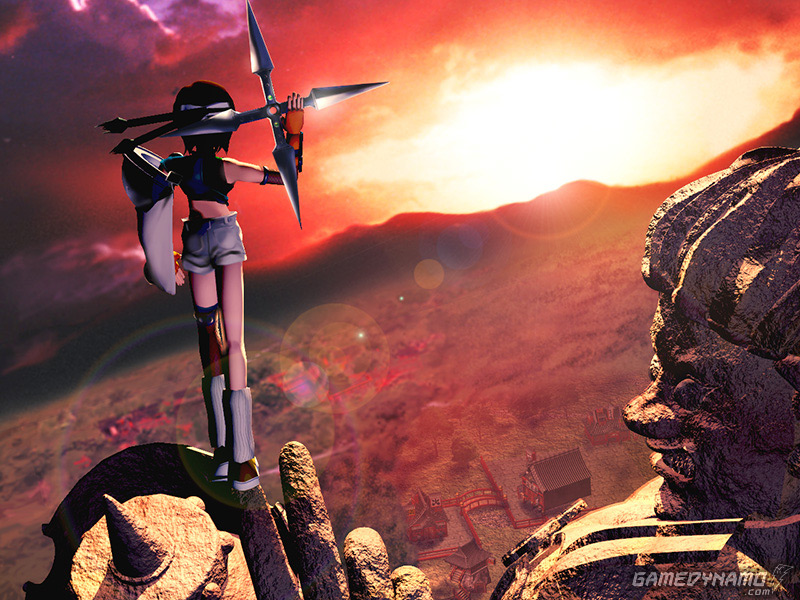
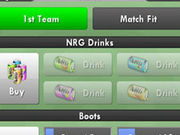
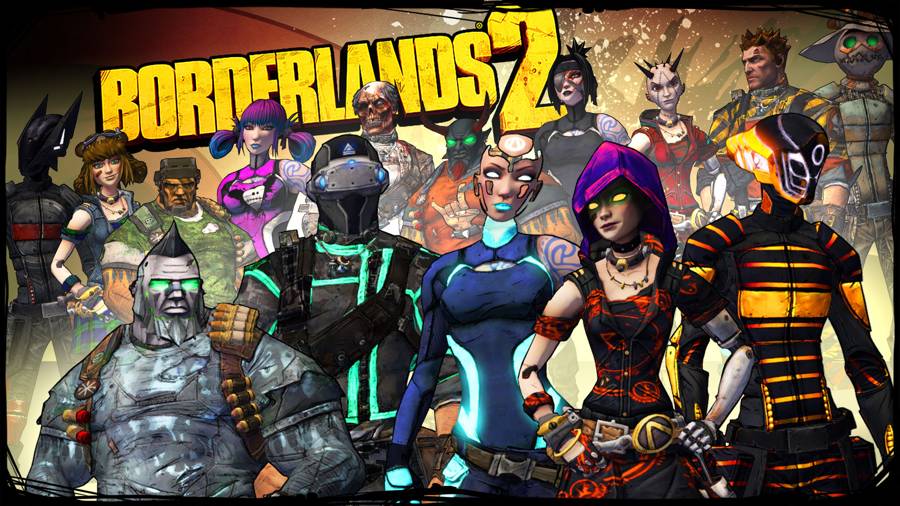

 . Plays November 4
. Plays November 4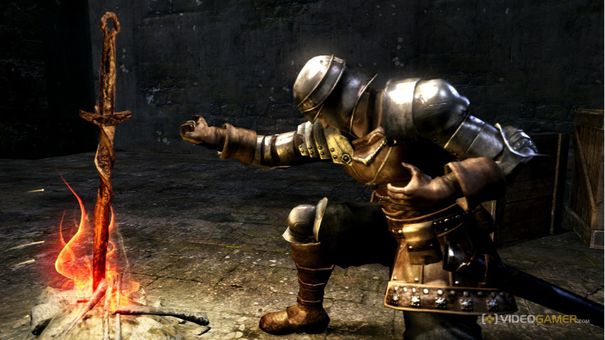 The Games Of The Generation: Matts Choice
The Games Of The Generation: Matts Choice Killing The Undying Xebenkeck In DA 2
Killing The Undying Xebenkeck In DA 2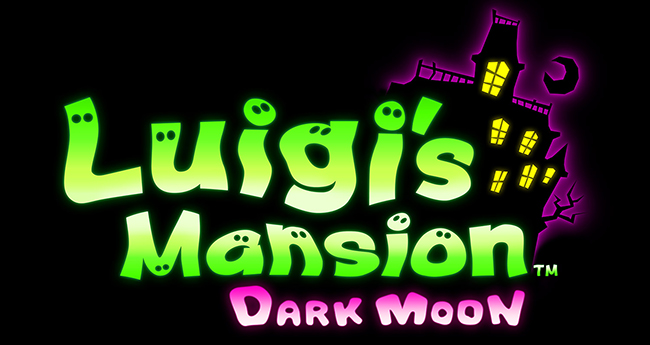 Luigi's Mansion: Dark Moon Guide - Gems Location Guide - GamersHeroes
Luigi's Mansion: Dark Moon Guide - Gems Location Guide - GamersHeroes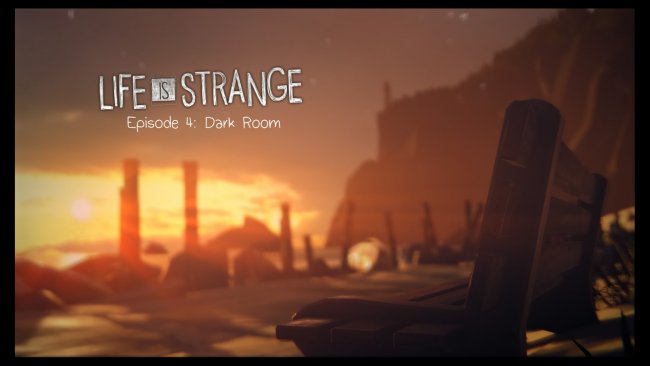 Life is Strange
Life is Strange